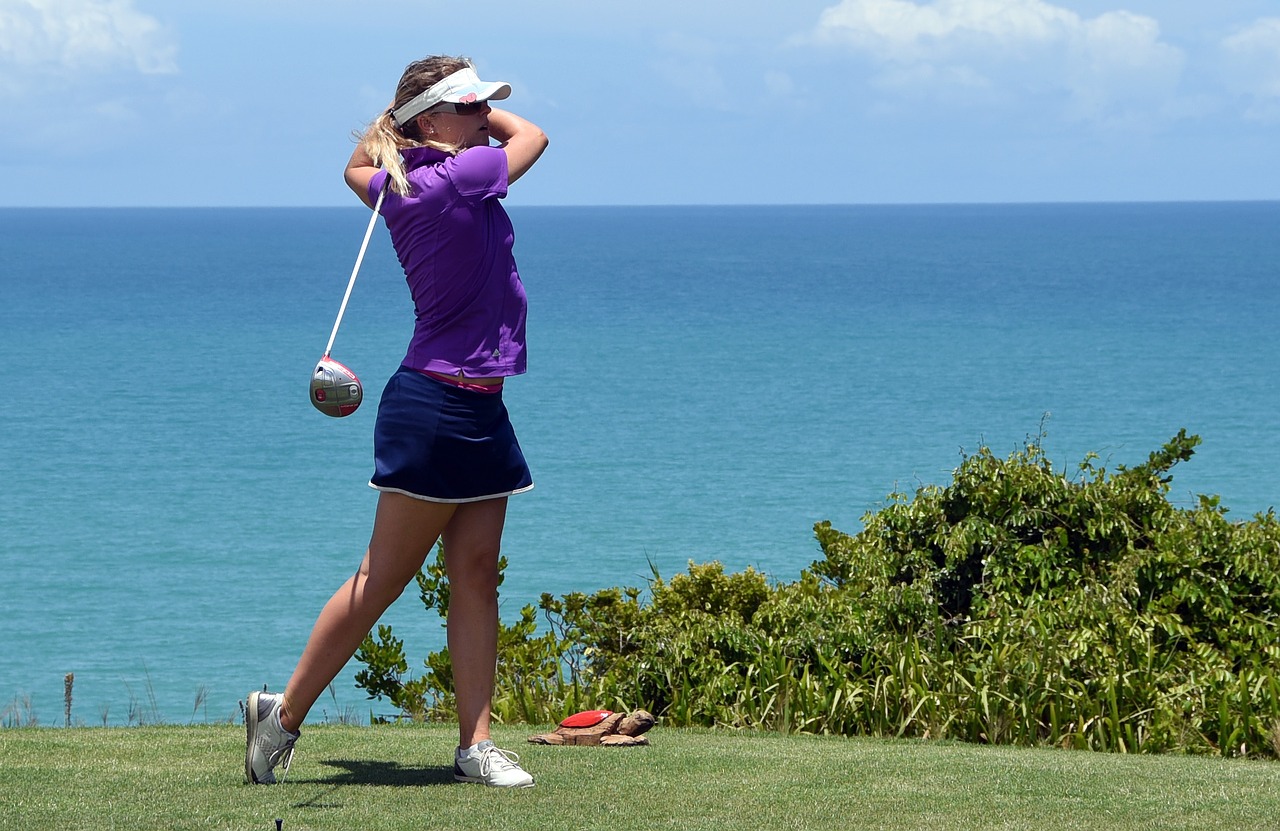
Covid-19 has changed the face of radiology residencies throughout the country in a matter of months. But, what are some of the most significant differences compared to life before all of this started? Let’s go through the top eight most significant radiology residency changes since the pandemic began.
Noon Conferences
Before
Rows and rows of residents and students would gather in the conference room to listen to the faculty member lecturing. Attendings would call on the folks to answer questions.
After
Who would have ever thought that you would receive your lectures on a computer screen in any location of your choosing? That has precisely happened over the past several months—no more in-person lectures at many institutions. And, you are much less likely to get called on in the middle of a conference!
Empty Reading Rooms
Before
Reading rooms were much quieter than they were twenty years ago since the advent of PACS, reducing the number of physicians visiting the reading rooms. But, you could still find some activity with residents and faculty present, discussing cases.
After
Now more and more faculty are not showing up at all. They are working from home. In many cases, all you have is a resident fielding occasional phone calls. But, for the most part, you can hear a pin drop!
Learning To Dictate With A Mask
Before
You would pick up a microphone and start dictating. And, that was hard enough as a first-year radiology resident.
After
Now first-year residents no longer only need to learn to dictate. They also need to learn with an encumbrance on their face, making sure a mask does not stifle their voices. They will become the most articulate class ever!
Extensive Cleaning Procedures
Before
You would enter a reading room and pick up a microphone. Only a minority of physicians would come in and wipe down the desk, microphone, and computer. And, many folks thought these doctors were crazy neat freaks!
After
Instead, you now come in with an arsenal of cleaning supplies to ensure you don’t get Covid-19. Those faculty members that don’t use all those cleaning supplies are considered nuts!
Less Residency Social Events
Before
Not that we considered radiology residency to be party central, but residents and faculty would get to know each other well on the outside of work. Or, at least you would have a few arranged meet and greet sessions.
After
Residents are lucky if they get to know the new first-year residents’ names! And, attendings are even having a harder time. It’s much more challenging to get to know your colleagues when you need to stay away.
Less Elective Cases/Decreased Volumes
Before
Patients would get mammograms, thyroid screening, DEXA scans, virtual colonoscopies, and more with impunity. Residents and attendings needed to read tons and tons of these scans all times.
After
We have seen a noticeable drop in elective volumes. Patients think twice about completing their screening or low-impact studies because of the inherent risk of personal interaction.
Less Free Food
Before
The hospital was a food fiesta of sorts. On any given day, you could find attendings purchasing pizza for residents, resident appreciation day festivities, and corporate-sponsored lunches.
After
It has become much harder to find free food in the hospital. Although occasionally available, far fewer purchasers and employees want to risk having physicians to dive into a free sandwich!
Easier Commutes
Before
Traffic may catch you on a bridge, a tunnel, or a highway for hours if you have a terrible morning while you were driving to work. You were not the only working soul!
After
Both unemployment and more remote working have taken a toll on the number of cars on the road. You can now enjoy speeding into your rotations in the morning. It is harder to blame being late on the traffic. See, there are one or two benefits to this unfortunate pandemic!
Radiology Residency Changes- A New Way Of Life
It’s remarkable to see the myriad of radiology residency changes in our daily lives. Only four or five months ago, Covid-19 was barely an afterthought. Now, it encompasses our whole way of being. And radiology residency is affected just like everything else!















